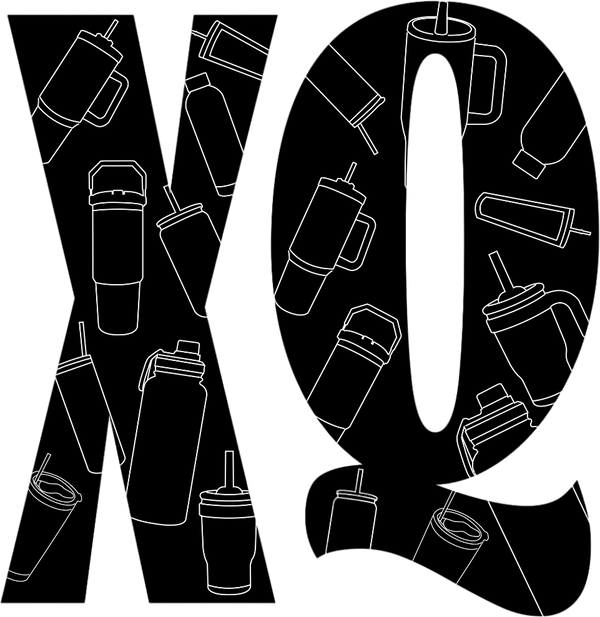
Popular Science What tests do tumblers need to do before leaving the factory
Share
Appearance inspection
• Dimensional accuracy: Use measuring tools such as calipers and micrometers to detect the height, diameter, wall thickness and other dimensions of the cup to ensure that it meets the design requirements.
• Surface quality: Observe with the naked eye or a magnifying glass to check whether there are defects such as bubbles, scratches, cracks, deformation, uneven color, etc. on the surface of the cup.
Physical performance test
• Heat resistance: Place the cup in a specific high-temperature environment, such as an oven or high-temperature steam equipment, and observe whether the cup breaks or deforms.
• Cold resistance: Put the cup in a low-temperature environment, such as a refrigerator freezer, to test whether it will crack at low temperatures.
• Compressive strength: Use a pressure tester to apply pressure to the cup to check the maximum pressure the cup can withstand, and judge its compressive resistance when stacked or squeezed by external force.
• Drop resistance: Let the cup fall freely from a certain height to a specific ground or platform to check whether the cup is broken or damaged to evaluate its drop resistance.
Chemical stability test
• Dissolution of heavy metals: Use chemical analysis methods, such as atomic absorption spectrometry, to detect the dissolution of heavy metals such as lead, cadmium, and chromium in the solution after the cup is soaked under specific conditions to ensure that it meets safety standards.
• Migration test: Put the cup in contact with food simulants to detect whether the substances in the cup will migrate into the food simulants to evaluate its safety when in contact with food.
Sealing test (for cups with sealing requirements)
• Pressure test: After sealing the cup, fill it with gas at a certain pressure and observe whether the cup leaks.
• Watertightness test: Fill the cup with water, seal it, turn it upside down or shake it, and check whether there is water seepage.
Functional test (for cups with special functions)
• Insulation performance: For thermos cups, after filling it with hot water at a certain temperature, after a specified time, measure the drop in water temperature in the cup to determine its insulation effect.
• Stirring function: If the cup has a stirring function, check whether the stirrer rotates flexibly and whether the stirring effect is good.
